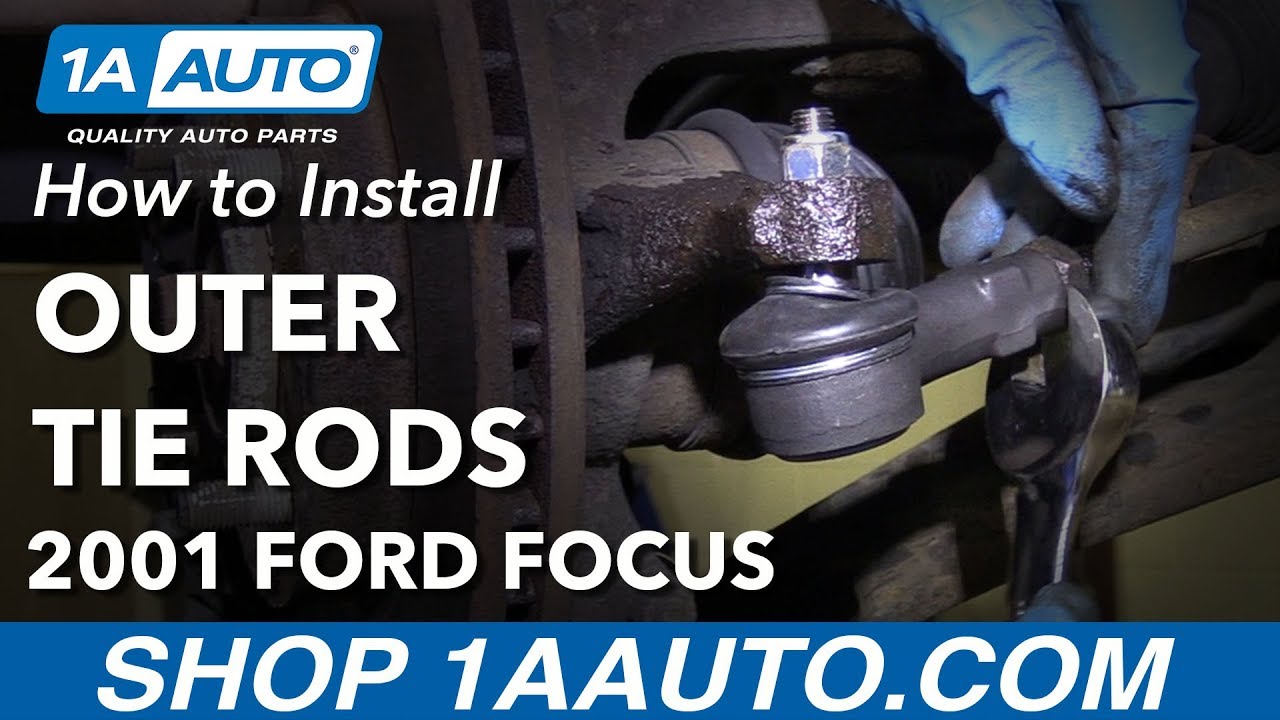1ASFK15219-Ford Focus Front 10 Piece Steering & Suspension Kit TRQ PSA06264





Replaces
Ford Focus Front 10 Piece Steering & Suspension Kit TRQ PSA06264



Product Reviews
Loading reviews
Customer Q&A
No questions have been asked about this item.






















